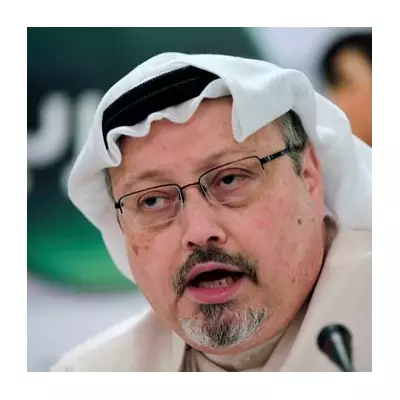
Former President Donald Trump's administration has drafted a comprehensive 28-point proposal to end the war in Ukraine, a document that would require significant territorial concessions from Kyiv while offering Moscow a pathway back into the international community.
The plan, developed following discussions between Washington and Moscow, presents what sources describe as a framework heavily favouring Russian interests while providing Ukraine with US security guarantees in exchange for abandoning its NATO ambitions.
The Core Territorial Concessions
Under the proposed agreement, Ukraine would recognise Crimea, Luhansk and Donetsk as "de facto Russian" territories, effectively cementing Moscow's control over these regions. The current battle lines in Kherson and Zaporizhzhia would be frozen, creating new de facto borders.
Perhaps most controversially, Ukrainian forces would be required to withdraw from territories they currently control in Donetsk Oblast, which would then become a neutral demilitarised buffer zone. While internationally recognised as Russian territory, Russian forces would be prohibited from entering this zone.
Ukrainian President Volodymyr Zelensky has acknowledged the proposal, stating he would speak with Donald Trump in the coming days to work on "their vision" for ending the conflict. Initial reactions suggest the plan faces significant hurdles, particularly regarding the territorial provisions.
Security Arrangements and NATO Restrictions
The security dimension of Trump's proposal represents a fundamental shift in European security architecture. Ukraine would be required to constitutionally enshrine its non-accession to NATO, while the alliance would similarly amend its statutes to permanently exclude Ukrainian membership.
European allies would agree not to station troops in Ukraine, effectively rebuffing British-led plans for international peacekeepers. Instead, European fighter jets would be stationed in Poland as a regional deterrent.
The United States would provide security guarantees to Ukraine, but with significant conditions. The US would receive compensation for this guarantee, and it would be voided if Ukraine launches missiles at Moscow or St Petersburg "without cause". Similarly, if Ukraine invades Russia, the protection would be withdrawn.
Economic Reconstruction and Russian Reintegration
The economic components of the plan involve massive financial restructuring. Some $100 billion in frozen Russian assets would be invested in Ukrainian reconstruction efforts, with the United States receiving half of the profits from this venture.
Europe would be required to contribute an additional $100 billion to the rebuilding drive, while frozen European funds would be unfrozen. Any remaining frozen Russian funds would be invested in a separate US-Russian scheme designed to tie both countries together through shared economic interests.
Russia would be gradually welcomed back into the international community, with sanctions lifted on a case-by-case basis. Moscow would be invited to rejoin the G8 and enter into a long-term economic cooperation agreement with the United States covering energy, natural resources, infrastructure, and artificial intelligence.
Additional Provisions and Safeguards
The comprehensive agreement includes numerous other elements aimed at creating a sustainable peace. Both countries would implement educational programs promoting cultural understanding and eliminating racism. Ukraine would adopt EU rules on religious tolerance and linguistic minority protection.
A humanitarian committee would facilitate the exchange of all remaining prisoners and bodies on an 'all for all' basis, return civilian detainees and children, and implement family reunification programs.
Ukraine would be required to hold elections within 100 days of agreement, and all parties involved in the conflict would receive full amnesty for their actions during the war.
The agreement would be legally binding and monitored by a Peace Council headed by Donald Trump himself, with sanctions imposed for violations. A ceasefire would take effect immediately after both sides retreat to agreed positions.
While the plan offers a detailed roadmap to end the devastating conflict, its implementation faces significant political challenges given the substantial concessions required from Ukraine and the complex international coordination needed for its economic and security provisions.





